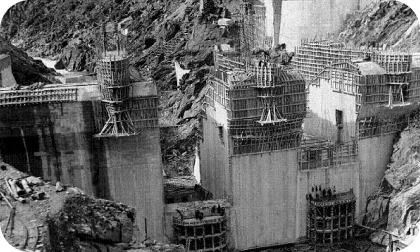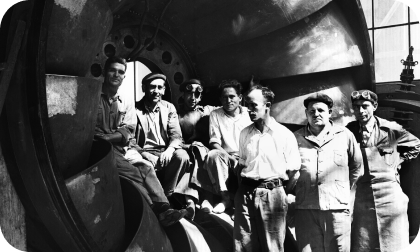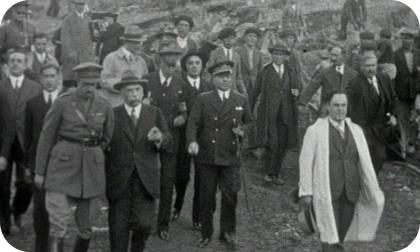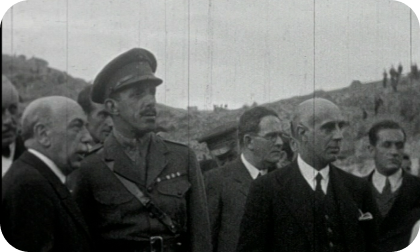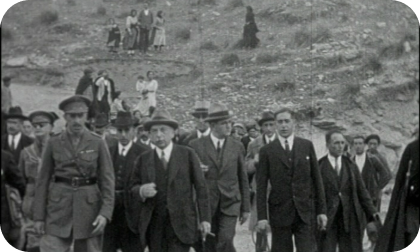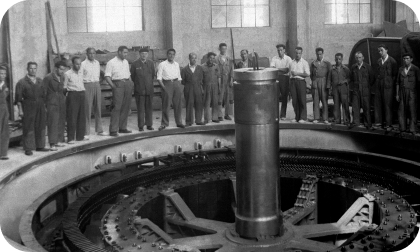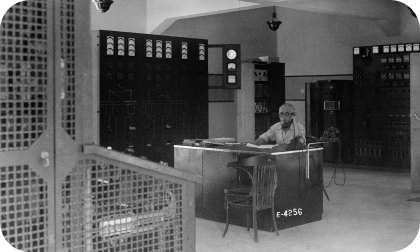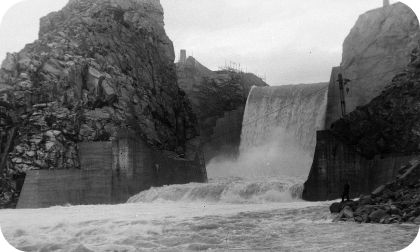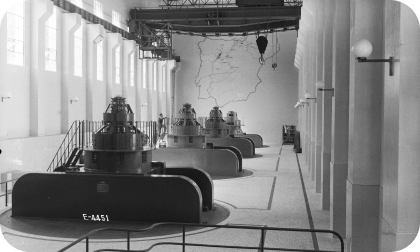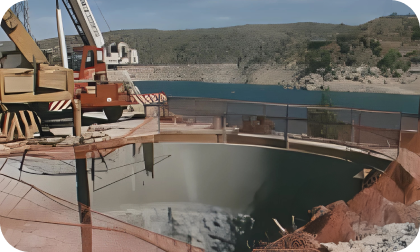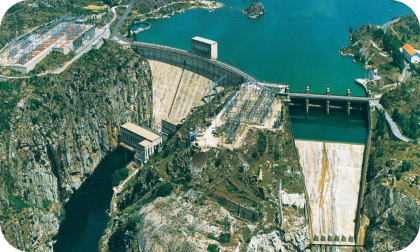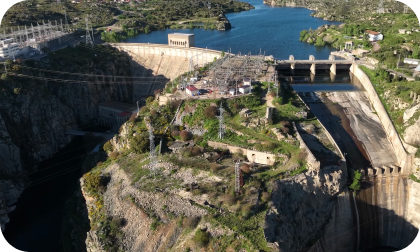Ricobayo I and Ricobayo II hydroelectric power station
Ricobayo, Europe's first large hydroelectric power station
Hydroelectric power Energy storage Operating plants
With almost a century of history, the Ricobayo I and Ricobayo II dams and hydroelectric power stations in Zamora were pioneers in electricity production in Europe. It was not in vain that the reservoir was considered one of the largest on the continent with its 1,148 hm³. Today, both plants have a total installed capacity of 328 MW.

Ricobayo Hydroelectric Power Station




The Ricobayo reservoir (Zamora) consists of two hydroelectric power stations: one at the foot of the dam, Ricobayo I, and one underground, Ricobayo II. The first of these was a pioneer when it was commissioned in 1935, marking a milestone in the history of electricity production in Europe. The Ricobayo dam, associated with the two hydroelectric power stations, is located in the basin of the river Esla; it is almost 100 metres high, handles a total volume of 1,148 hm³ and its flooded surface area is almost 6 hectares (5,725 ha). As for the hydroelectric power stations associated with the dam, Ricobayo I has a rated power of 174.53 MW, while Ricobayo II has a rated power of 153.56 MW.
The Ricobayo reservoir and dam, a historic building
The first project to build the Ricobayo dam, less ambitious than the final one, dates back to 1919 when the civil engineer José Orbegozo created the Sociedad Hispano Portuguesa de Transportes Eléctricos to harness the flow of the River Esla - the largest tributary of the River Duero. Orbegozo wanted to create the largest reservoir in Europe, with some 1,200 hm³, which would allow winter water to be stored and thus have a large regulating capacity.
Work began in 1929. The Ricobayo dam would be almost 100 metres high and more than 200 metres long. For this impressive engineering work, a granite quarry of 400,000 m3 and stones weighing up to 2,000 kilos were used, so to carry out its construction, an entire village was built, Salto del Esla, which housed the thousands of workers who were employed in the construction of the dam. Not in vain, in the summer of 1930, the number of workers reached 2,600. Later, the same village took in those who came to work at the hydroelectric power station.
Over 90 years of history. Ricobayo dam (Zamora)
- 1929
- 1930
- 1930
- 1935
- 1937
- 1943
- 1948
- 1991
- 1999
- 2025
 View historical photos of our hydroelectric facilities.
View historical photos of our hydroelectric facilities.
In 1935, the Ricobayo I hydroelectric power station was commissioned with a capacity of 100 MW and began to supply electricity from the Ricobayo waterfall to the north of Spain via the Esla - Alonsótegui line at 138,000 volts. Two years later, in 1937, the plant was connected to León by means of a 110 km line, later multiplying the connections with the rest of Castile and Cáceres.
At that time, only three of the four units were put into operation. The manufacture of this fourth unit - distinguished from the other three by its alternator, turbine and lower bridge - was complicated by the fact that the ship on which the machinery was travelling sank as a result of the Second World War and had to be rebuilt. As a result, this fourth set was not commissioned until 1948.
In 1991, construction began on Ricobayo II, a new underground hydroelectric plant, which aimed to double the installed capacity, adding 158 MW.
Iberdrola, world leader in renewable energies
At Iberdrola, we dare committed to renewable energy more than two decades ago as a fundamental pillar on which to build our safe, clean and competitive business model. Thanks to this vision, we are today world leaders in renewables, reaching 44,478 MW of clean energy in operation at the end of 2024.
This commitment is reflected in our Strategic Plan, in which we will allocate €15.5bn gross to renewables. More than half of this amount is focused on offshore wind in the US, UK, France and Germany; 28% on onshore wind and 18% on solar.
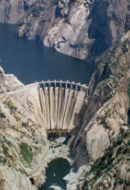
What is hydroelectric energy
Find out how hydroelectric power plants work.

Types of dams
There are different types of dams depending on their materials or mechanisms.
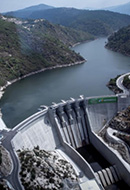
Hydropower terms
The 10 most relevant concepts in hydropower.
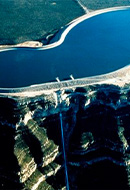
Pumped-storage hydropower plants
Do you know what pumped-storage hydropower stations are used for?





